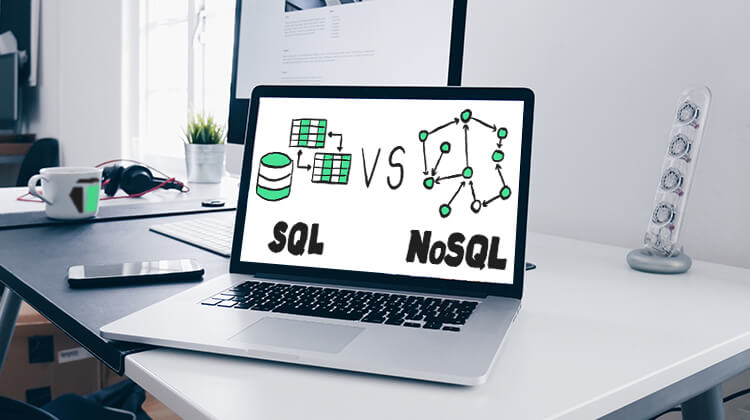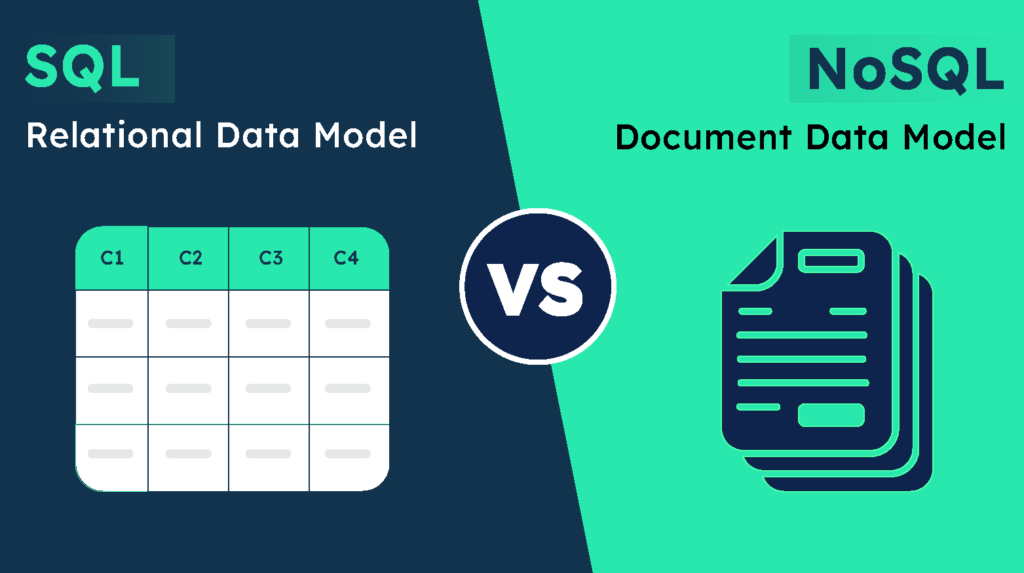NoSQL vs SQL? How to Choose the Best Fit for a Project

Data persistence has always been a key challenge faced by software developers and programmers.
Several database management systems have been created in order to handle data persistence issues in software products.
Relational database management systems, powered by SQL, ruled the IT industry for more than four decades—until the advent of NoSQL databases.
Now developers have to ask which is best for a new project: a SQL or NoSQL database? This article helps answer that question.
Why NoSQL Databases Were Created
SQL-based relational database management systems (RDBMS) are highly structured. Data is stored in the form of well-organized tables with associations among them. This data is queried using a structured query language.
There are, however, certain limitations to this approach. Modern systems often have to handle enormous amounts of data, or Big Data, coming from different sources. Conventional SQL-based RDBMS often struggle with Big Data.
To combat this, NoSQL database management systems were introduced.
Factors Affecting the NoSQL vs SQL Decision
When deciding between a SQL or NoSQL database for a particular project, the following considerations should be taken into account.

1. Type of Data
Choosing a database depends mainly on the type of data that your project needs to store. If your data is highly structured and associations among the program entities are clearly defined (for instance, you are developing a point-of-sale system where you need to store customer orders and product records), conventional SQL-based databases are the best fit.
On the flip side, data from molecular modeling, Geo-spatial information, and satellite data is highly unstructured. Likewise, data from social media analysis and websites is also highly unstructured, and relationships among the data entities are not clearly defined. In such scenarios, NoSQL is a better choice. For example, a data mining application should utilize the power of the best NoSQL database rather than conventional SQL.
2. Database Volatility
Software development is an Agile process where requirements can quickly change, which affects the database schema as well. It is almost impossible to correctly implement the database schema in the first shot. If persistent data of the project is more likely to change in the future, NoSQL databases are a better option. Because they don’t have a rigid scheme, they are more suitable for such projects.
3. Time and Cost
Time is crucial in the software development life cycle. In the past, companies hired dedicated database administrators, while software developers mainly focused on application development aspects. However, this decoupling of DBA and software developers increased software development time and cost.
The best NoSQL database technologies allow software developers to integrate data and development perspectives, leading to cost-effective and timely delivery of software projects.
4. Scalability
Scalability is a significant issue with SQL-based databases. With the huge magnitude of information needed to be stored, data size grows exponentially. SQL-based databases undergo vertical scaling, which is extremely costly.
On the other hand, NoSQL DBs scale horizontally and scalability issues can easily be handled by adding another node in a database cluster. Google’s HDFS scaling systems is one example.
5. Data Mining and Machine Learning Perspective
Data mining and machine learning are processes of analyzing data in order to extract useful information and patterns that can be used in decision-making processes. These techniques are usually applied over enormous and extremely versatile data. Therefore, in such projects, NoSQL databases are a better choice.
SQL or NoSQL Database: Which Should You Choose?
When making the NoSQL vs SQL decision, the needs of the project should be your guiding light. If the project is expected to see drastic changes, needs to handle a huge and versatile amount of data, or the database entities and schema are ambiguous at the start, go for the best NoSQL database you can afford.
However, if the project needs to handle small and homogeneous data, and the database entities are clearly defined with unambiguous relationships (which rarely is the case), SQL is a good fit.

